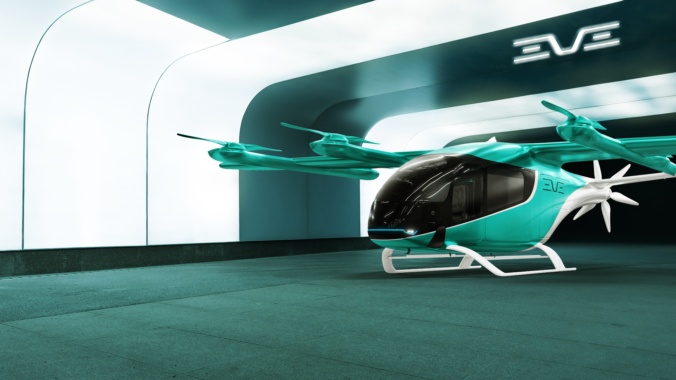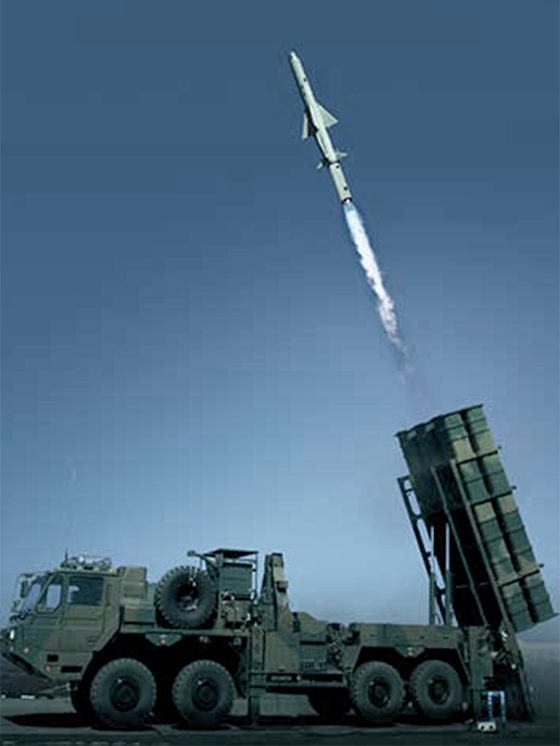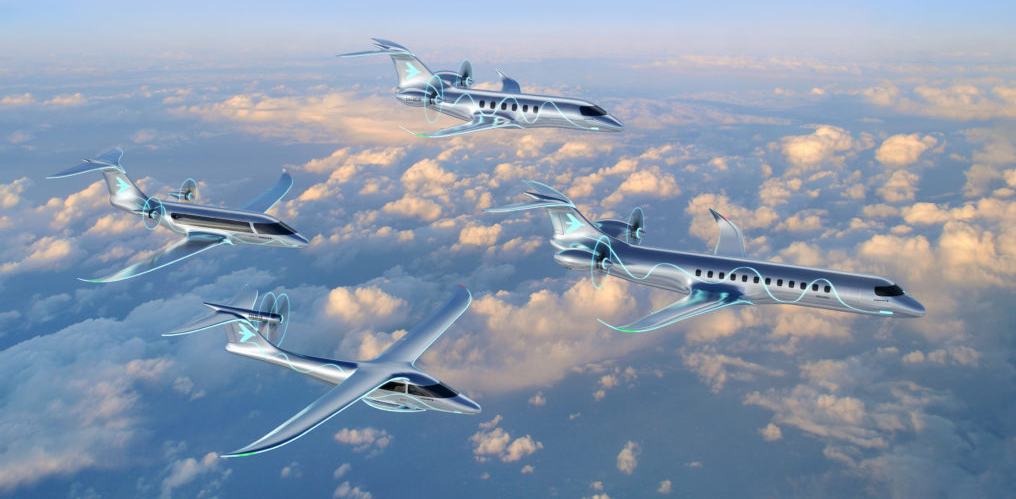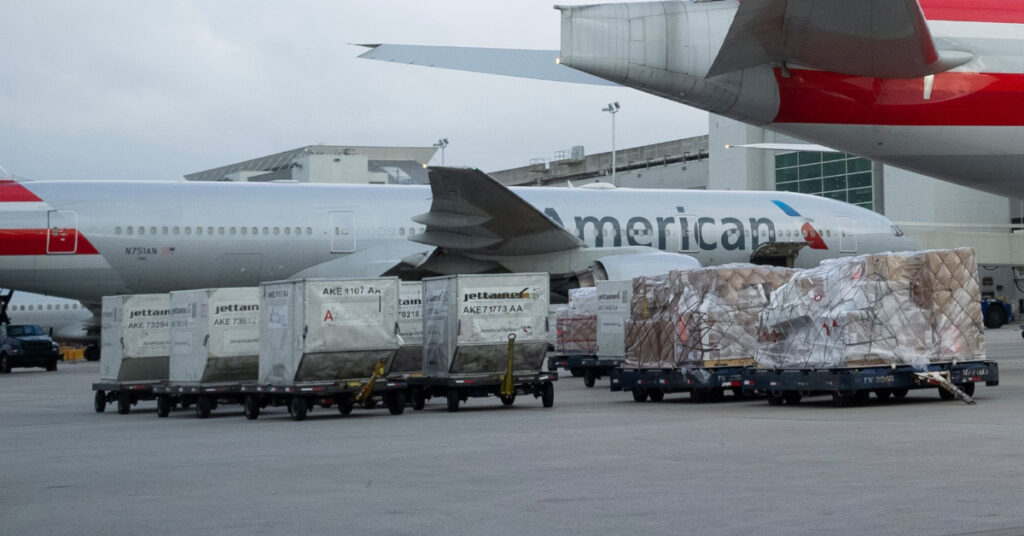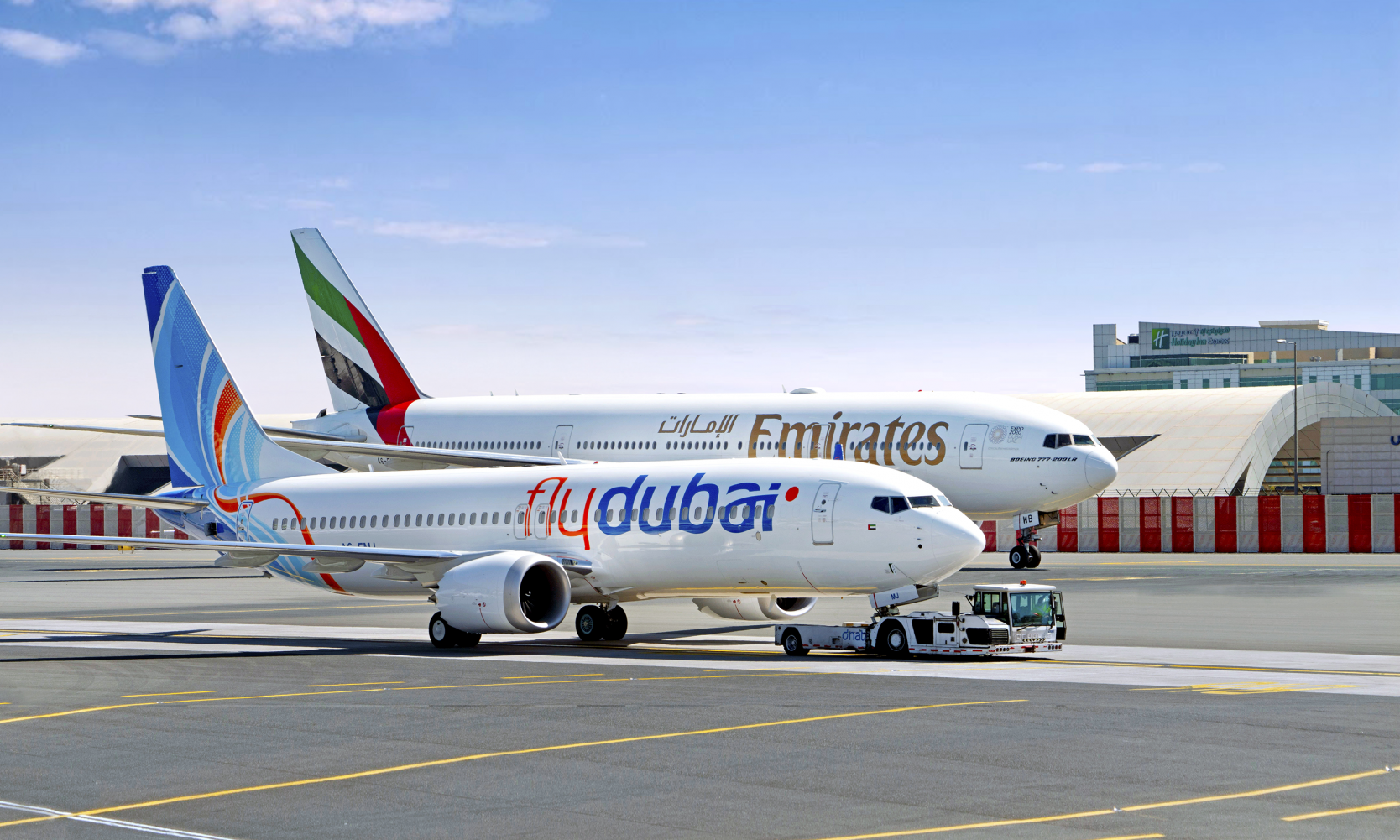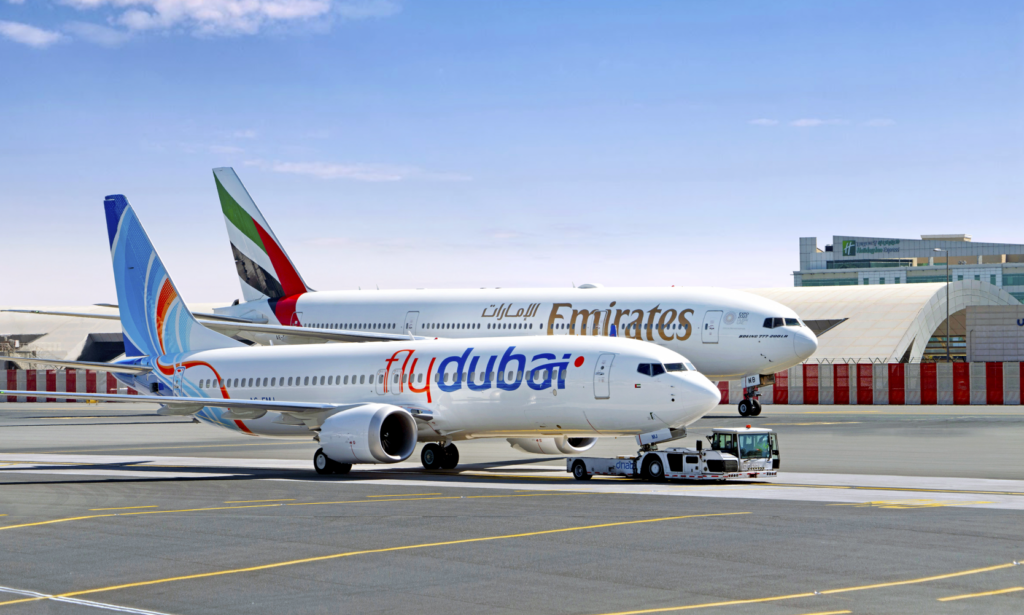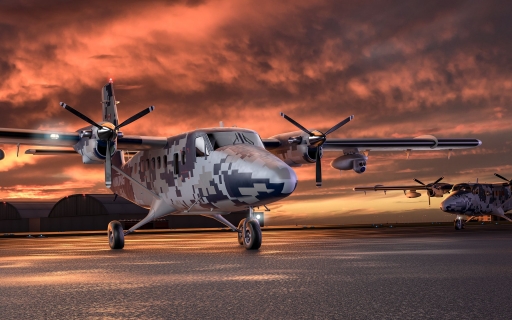Melbourne, Florida, November 6, 2023 – Eve Air Mobility (NYSE: EVEX) named three new suppliers for its electric vertical takeoff and landing (eVTOL) aircraft. Garmin (NYSE: GRMN), will supply the avionics for the aircraft while Liebherr-Aerospace will supply the flight controls actuators. Intergalactic will provide the thermal management system.
Garmin will supply the G3000 Integrated Flight Deck for Eve’s eVTOL which features large-format, light weight, high-resolution glass displays integrating seamlessly with Eve’s vehicle management and flight control systems. Tailored for the needs of eVTOL aircraft, the flight deck’s intuitive touchscreen interface reduces pilot workload by providing direct access to a full suite of avionics capabilities including an integrated flight management system, NAV/COM radios, transponder, audio management and access to a breadth of applications including checklists, charts, synoptics, and full-featured maps.
Liebherr will develop electromechanical actuators (EMA) for the fly-by-wire flight controls of Eve’s eVTOL. Liebherr is well known for their expertise in the manufacturing of precision gears and dependable actuation, crucial for this type of technology. The actuators will be powered by the aircraft’s electrical system and the technology will ensure high performance, configurability and easier maintenance.
Intergalactic will provide the thermal management system which will maintain an optimal temperature range for equipment including batteries and other electronic components. The system will also help ensure a comfortable temperature inside the cabin of the aircraft.
Forward-Looking Statements
This press release contains forward-looking statements within the meaning of the Private Securities Litigation Reform Act of 1995, including expected delivery dates. Such statements are based on current expectations and projections about our future results, prospects and opportunities and are not guarantees of future performance. Such statements will not be updated unless required by law. Actual results and performance may differ materially from those expressed or forecasted in forward-looking statements due to a number of factors, including those discussed in our filings with the Securities and Exchange Commission.
